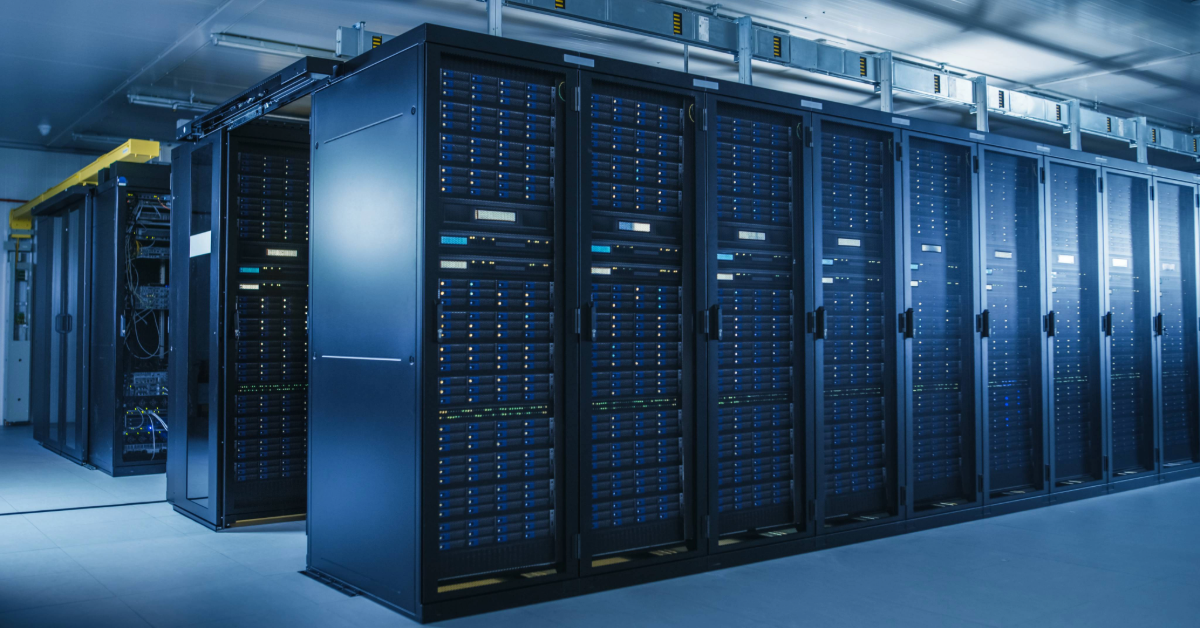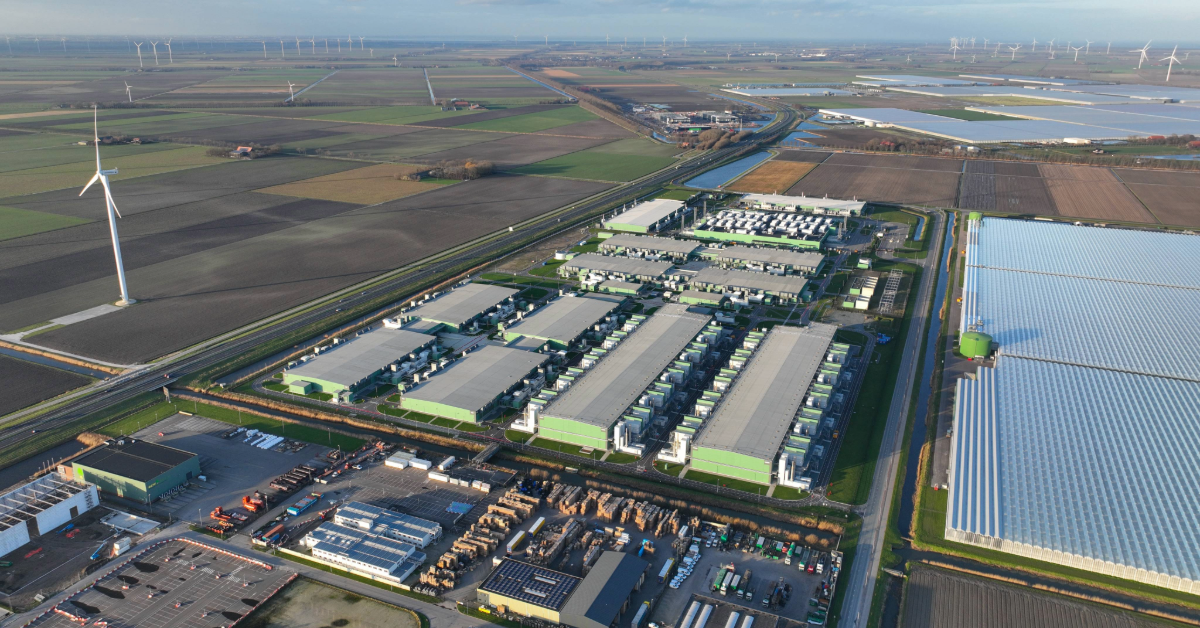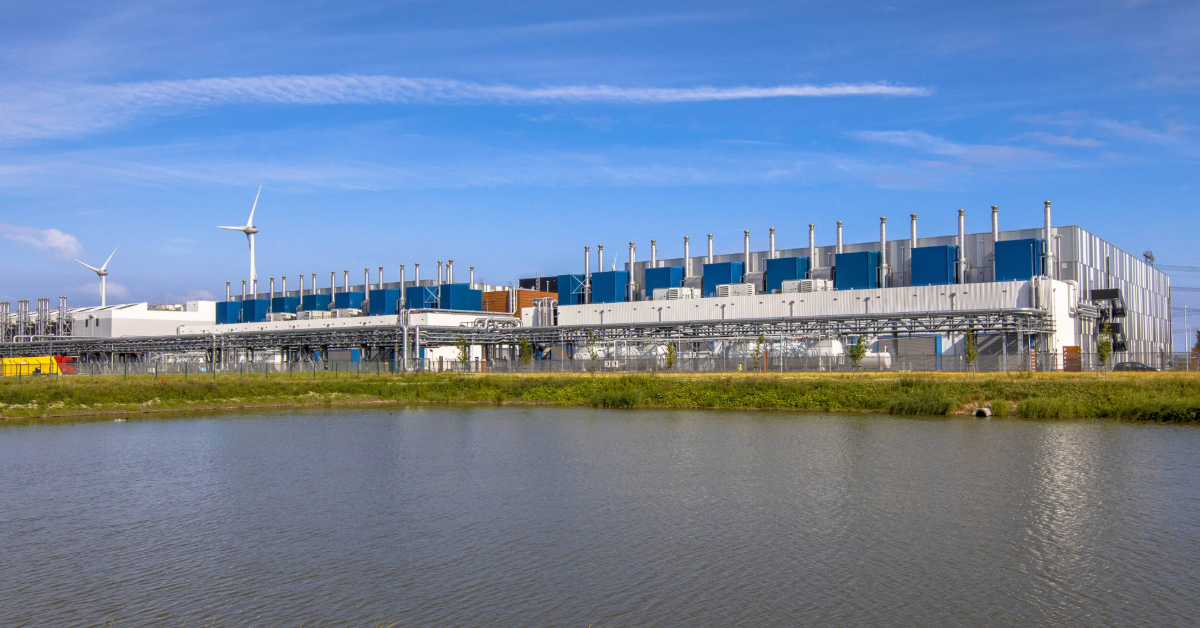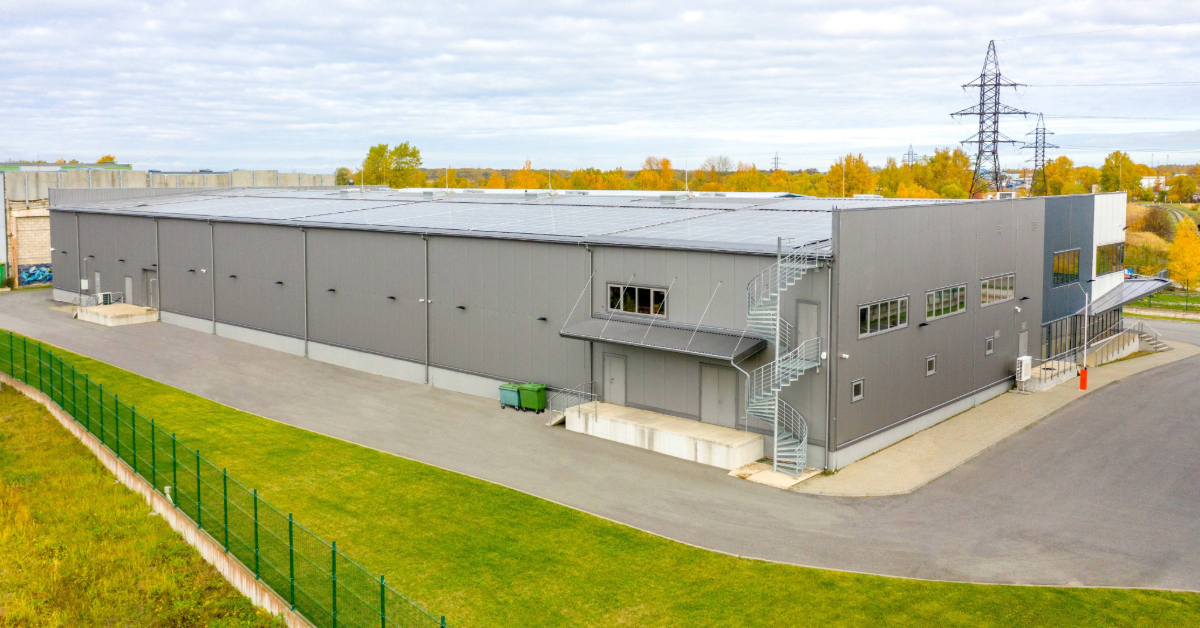Building Tomorrow's Data Centers: Navigating Power Grid Constraints and Energy Demands
How the Data Center Boom Will Impact Power Grids In 2022, data centers (excluding cryptocurrency mining operations) consumed approximately 460 TWh of...
4 min read
 Team Energy Exemplar
:
January 8, 2025
Team Energy Exemplar
:
January 8, 2025

Originally published on Energy Connects
The explosion of data-driven technologies, particularly artificial intelligence (AI), has catapulted data centers to the forefront of discussions in the energy sector. Once quietly running in the background of global digitalization, these facilities now stand as one of the most significant drivers of energy demand and grid transformation.
Data centers are already energy-intensive, consuming 1 – 1.5% of global electricity and generating 1% of energy related greenhouse gas emissions. Now, AI has taken the world by storm and data center power demand is growing even more rapidly. This is in part because AI data centers use 5 – 10 times more power than traditional data centers. The International Energy Agency (IEA) forecasts data center electricity consumption will surpass 1,000 TWh in 2026, effectively doubling the levels from 2022. To contextualize the magnitude of this power demand, 1 TWh can power 70,000 homes a year. This means that data centers could consume the equivalent of 70 million homes’ energy needs in 2026.
Fueled by the scaling of new technologies like AI, the US is anticipated to be the fastest growing market for data centers, with demand surging from 25 GW in 2024 to over 80 GW in 2030. According to the Electric Power Research Institute (EPRI), data centers may consume up to 9% of US electricity in 2030 – a quantity capable of seriously impacting grid reliability.

Siting a data center so that it has reliable and clean electricity is no easy task. In this infographic, learn some of the key factors that should be considered.
The above estimations highlight the sheer scale and pace of data center expansion, and load changes of this magnitude have considerable implications for the energy industry and data centers alike. Here are some of the potential impacts.
The existing grid infrastructure is aging, and it is already struggling to keep up with loads from growing industry and electrification, all while facilitating a global energy transition. Data centers are and will continue to further impact the grid with more load that needs to be interconnected to the grid, and served - ideally with clean energy, nonetheless. Additionally, interconnection queues have been notoriously long and slow for new generation projects for some time. The need for data centers, and the generation to support them, to be added to the interconnection queue compounds the problem. For data center developers and owners, this could make it harder to get their projects across the line – especially since timelines for grid investment and buildout are longer than development cycles for data centers.
Some experts have warned that AI and data center load growth could threaten grid reliability and slow the energy transition. Already, the retirement of some coal plants in the US has been delayed to meet growing power demands driven by data centers. These are major concerns for utilities, grid operators, and data centers alike as grid operators and utilities are charged with supplying power reliably, and data centers require a constant and reliable flow of energy for operations. Additionally, the above groups often have ambitious clean energy targets that must be met, meaning a slowed energy transition is bad news for everyone involved.
The significant energy demands of data centers, alongside their requirement for carbon neutral energy, have turned companies like Microsoft, Google, and OpenAI to nuclear energy. These organizations are investing in nuclear restarts and next generation small modular reactors to meet their burgeoning energy needs. The costs are significant – to get a unit of the Three Mile Island nuclear plant back online by 2028, Constellation Energy plans to spend approximately $1.6 billion. This is funded by a 20-year power purchase agreement (PPA) with Microsoft.
What’s interesting is that while nuclear energy can be controversial from a safety standpoint, one of the main drivers of nuclear plant shutdowns has been economics, rather than technical or safety issues. Data Center Frontier notes that given the magnitude, “the power demands of AI may well restructure the energy generation model worldwide.”
Nuclear or not, the costs associated with building out the generation and transmission required to support rising data center consumption are significant. According to a report by Bain & Company, it could require over $2 trillion in new generation resources alone. A challenge for utilities and data centers alike is to ensure that these costs are not passed on to ratepayers, and to determine how to allocate these costs.
The rapid evolution of data centers and their energy demands requires innovative planning and forecasting solutions for system operators, utilities and data centers alike. PLEXOS ®, a leading energy modeling and simulation platform, offers a robust solution for all parties – enabling data-driven decision-making to ensure a reliable and sustainable energy future.
PLEXOS allows data center owners and operators to accurately forecast and assess the generation and transmission capacity availability of numerous potential data center locations, alongside other critical variable analyses. With key capabilities including DC optimal power flow (DCOPF), nodal modeling, locational marginal price (LMP) analysis and forecasting, congestion analysis, load shedding and curtailment risk assessment and PLEXOS’ available transfer capacity (ATC), the modeling solution proves essential to informed decision making to maximize data center investment.
PLEXOS also allows utilities and grid operators to assess the grid across all time horizons and commodities and under a multitude of solutions. The result is accurate forecasting and assessment of the impact of data centers on grid reliability and affordability in a variety of scenarios. With capabilities including congestion analysis, resource planning and resource adequacy, PLEXOS empowers system operators and utilities to make transformative energy decisions while maintaining grid reliability and minimizing costs.
The full impact that data centers will have on the energy industry remains to be seen, but in a complex, dynamic, and evolving market, PLEXOS can help all entities carefully select a path forward – one that maximizes reliability and sustainability.

How the Data Center Boom Will Impact Power Grids In 2022, data centers (excluding cryptocurrency mining operations) consumed approximately 460 TWh of...

Originally published on Utility Dive on November 11, 2024

The Energy Dilemma for Data Centers